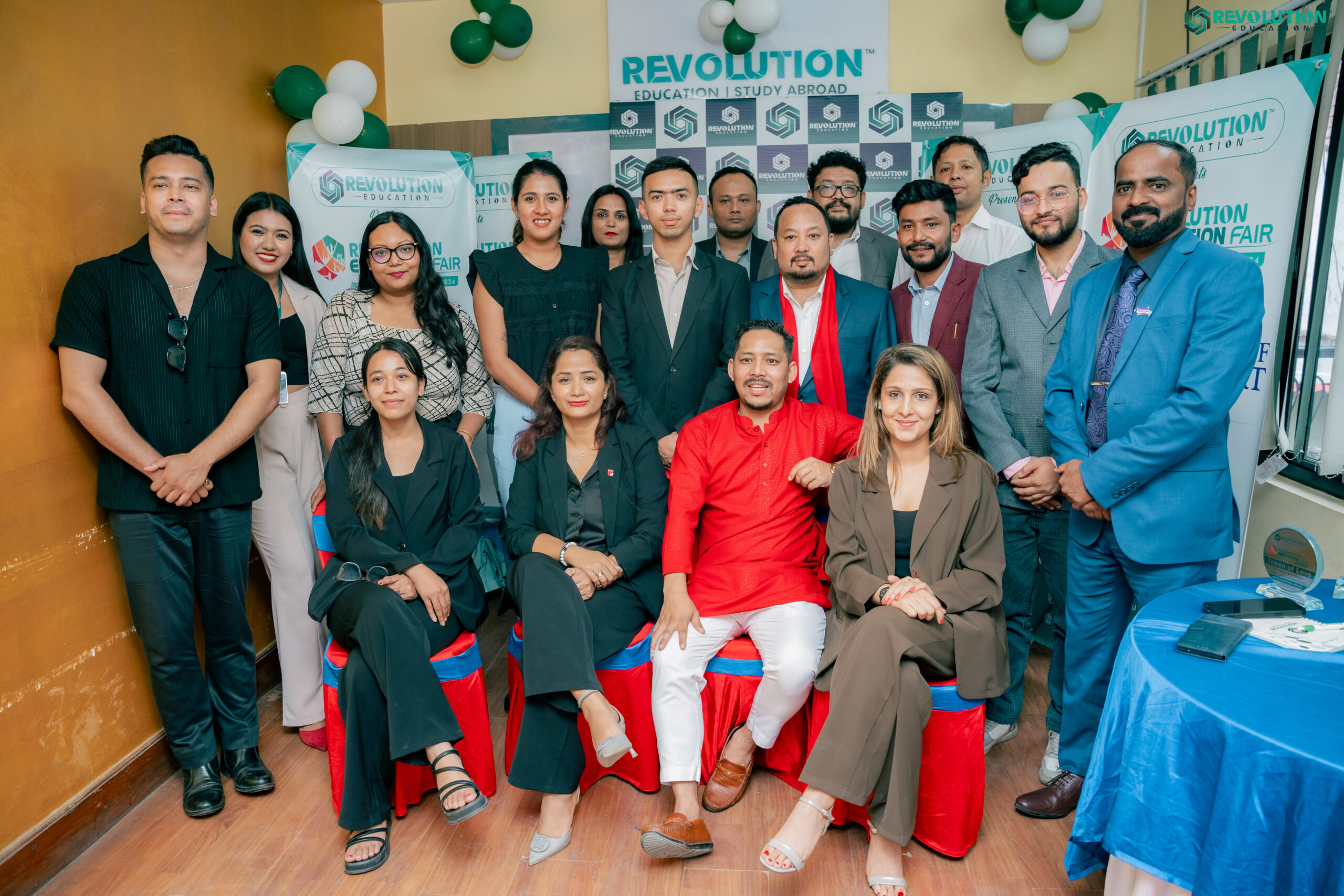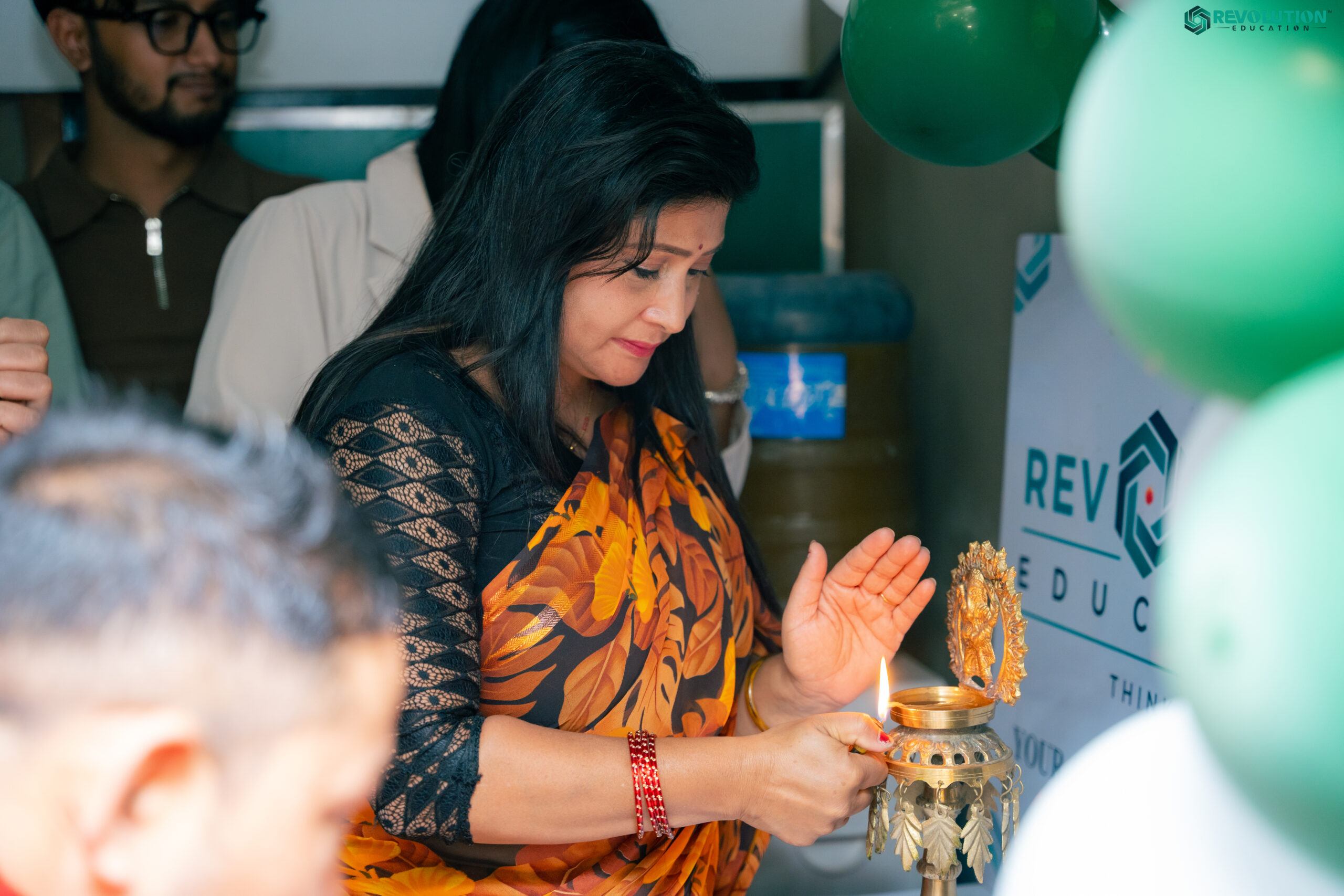The SAT takes three hours and consists of three tests: (1) the Reading Test, (2) the Writing and Language Test, and (3) the Math Test. Compared to the ACT®, the SAT provides 43% more time per question:
| Component | Time Allotted (minutes) | Number of Questions/Tasks |
|---|---|---|
| Reading | 65 | 52 |
| Writing and Language | 35 | 44 |
| Math | 80 | 58 |
| Total | 180 | 154 |
Most of the questions are multiple choice, though some of the math questions ask you to write in the answer rather than select it.
On all questions, there’s no penalty for guessing: if you’re not sure of the answer, it’s better to guess than leave the response blank.
The Reading Test
Familiarize yourself with the SAT Reading Test so you can prepare for test day.
The SAT Reading Test: Overview
What the Reading Test Passages Are Like
The five passages on the Reading Test include four standalone passages and one pair of passages that you read together. The standalone passages and the paired set are each 500–750 words. The passages are drawn from the following types of documents:
- 1 literary passage from a work of fiction.
- 1 or 2 passages from a U.S. founding document or a text in the Great Global Conversation they inspired. An example of a founding document would be the U.S. Constitution. The Great Global Conversation refers to works from around the world that focus on topics such as freedom, justice, or human dignity. A speech by Nelson Mandela would be an example.
- 1 passage from a work of economics, psychology, sociology, or some other social science.
- 2 passages from scientific works that examine foundational concepts and developments in Earth science, biology, chemistry, or physics.
What the Reading Test Questions Are Like
The questions on the reading test fall into three broad categories:
1. How the Author Uses Evidence
Some questions ask you to show that you understand how an author is using evidence to support a claim. Questions like this might ask you to:
- Identify the part of a passage that supports a point the author is making.
- Find evidence in a passage that best supports the answer to a previous question.
- Find a relationship between an informational graphic and the passage it’s paired with.
2. Understanding Words in Context
Many of the questions on the Reading Test ask you to identify the meaning of a word in context. The “in context” part is important: the questions ask you to use context clues in a passage to figure out which meaning of a word or phrase is being used. Other questions will ask you to decide how an author’s choice of words shapes meaning, style, and tone.
3. Analysis in History/Social Studies and in Science
The Reading Test includes passages in the fields of history, social studies, and science. You’ll be asked questions that require you to draw on the reading skills needed most to succeed in those subjects. For instance, you might read about an experiment and then see questions that ask you to:
- Examine hypotheses.
- Interpret data.
- Consider implications.
The answers are based only on the content stated in or implied by the passage, not your prior knowledge of the subject.
News & Events
 𝐆𝐥𝐢𝐦𝐩𝐬𝐞 𝐨𝐟 𝐑𝐞𝐯𝐨𝐥𝐮𝐭𝐢𝐨𝐧 𝐄𝐝𝐮𝐜𝐚𝐭𝐢𝐨𝐧 𝐅𝐚𝐢𝐫❤️✨🎉
𝐆𝐥𝐢𝐦𝐩𝐬𝐞 𝐨𝐟 𝐑𝐞𝐯𝐨𝐥𝐮𝐭𝐢𝐨𝐧 𝐄𝐝𝐮𝐜𝐚𝐭𝐢𝐨𝐧 𝐅𝐚𝐢𝐫❤️✨🎉
 𝐑𝐞𝐯𝐨𝐥𝐮𝐭𝐢𝐨𝐧 𝐄𝐝𝐮𝐜𝐚𝐭𝐢𝐨𝐧 𝐅𝐚𝐢𝐫 𝐜𝐨𝐧𝐝𝐮𝐜𝐭𝐞𝐝 𝐬𝐮𝐜𝐞𝐬𝐬𝐟𝐮𝐥𝐥𝐲❤️✨🎉
𝐑𝐞𝐯𝐨𝐥𝐮𝐭𝐢𝐨𝐧 𝐄𝐝𝐮𝐜𝐚𝐭𝐢𝐨𝐧 𝐅𝐚𝐢𝐫 𝐜𝐨𝐧𝐝𝐮𝐜𝐭𝐞𝐝 𝐬𝐮𝐜𝐞𝐬𝐬𝐟𝐮𝐥𝐥𝐲❤️✨🎉
 𝐑𝐞𝐯𝐨𝐥𝐮𝐭𝐢𝐨𝐧 𝐄𝐝𝐮𝐜𝐚𝐭𝐢𝐨𝐧 𝐅𝐚𝐢𝐫 : 𝐎𝐩𝐞𝐧𝐢𝐧𝐠 𝐚𝐧𝐝 𝐂𝐥𝐨𝐬𝐢𝐧𝐠 𝐂𝐞𝐫𝐞𝐦𝐨𝐧𝐲❤️✨🎉
𝐑𝐞𝐯𝐨𝐥𝐮𝐭𝐢𝐨𝐧 𝐄𝐝𝐮𝐜𝐚𝐭𝐢𝐨𝐧 𝐅𝐚𝐢𝐫 : 𝐎𝐩𝐞𝐧𝐢𝐧𝐠 𝐚𝐧𝐝 𝐂𝐥𝐨𝐬𝐢𝐧𝐠 𝐂𝐞𝐫𝐞𝐦𝐨𝐧𝐲❤️✨🎉
Student Says

Birendra Saud- UK🇬🇧
My whole processing was done at last minute. Thankfully, Revolution helped me issue offer and started documentation quickly. My whole documentation process couldn’t be more smoother. Even after Visa Grant, I was guided by whole revolution team for pre departures too. Therefore, I couldn’t be anymore Thankful.
